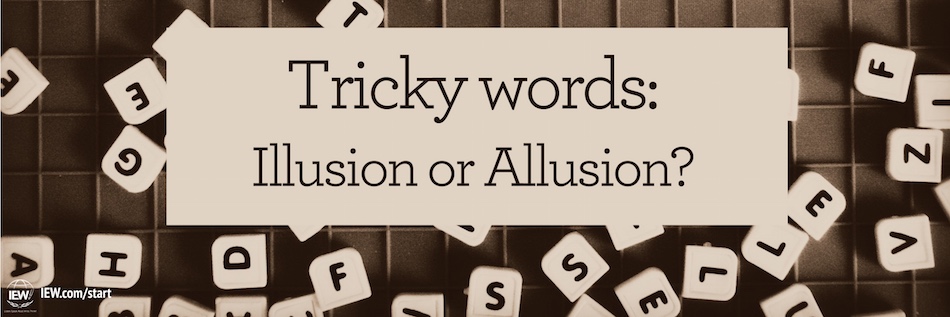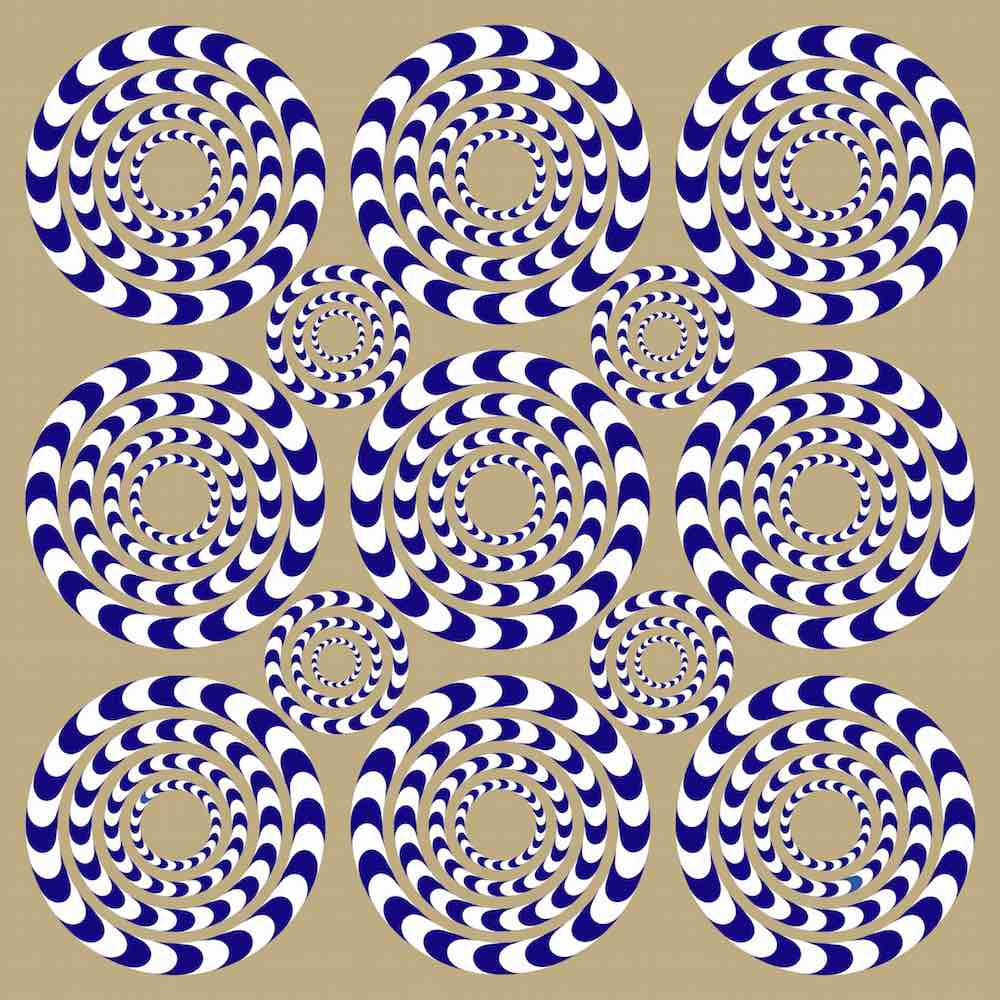 This past week in my Windows to the World IEW co-op class, we went over allusions. I had previously discussed allusions we’d encountered in a few of our stories informally, but I’d never actually written the word for my students. As I scrawled the word allusion in large letters on the board for the first time, I noticed that my high school students were visibly confused. It turned out that, all this time, they had been thinking I was referencing illusion, not allusion. It was clear I needed to do a better job of defining terms, so I went searching for some ways to clarify.
This past week in my Windows to the World IEW co-op class, we went over allusions. I had previously discussed allusions we’d encountered in a few of our stories informally, but I’d never actually written the word for my students. As I scrawled the word allusion in large letters on the board for the first time, I noticed that my high school students were visibly confused. It turned out that, all this time, they had been thinking I was referencing illusion, not allusion. It was clear I needed to do a better job of defining terms, so I went searching for some ways to clarify.
 Allusion is a noun. It is an indirect reference to something else. If I were to say to my class, “My cat Ginger has a Jekyll and Hyde personality,” they would understand me to mean that my tiny, sweet, innocent-looking kitty has a personality that varies dramatically from one moment to the next. And it does. One moment she is sitting on my lap purring contentedly. The next instant, she’s huffing and trying to bite me as hard as she can. As a rescued feral kitten, she has never been properly tamed, and I think she is at war within herself as to how to respond to her human family at times. Adorable as she is, she is always a bit risky to cuddle. Since I teach out of my home and sweet Ginger is always hanging out along the perimeter, it’s always a good idea to let my students know of her disposition as soon as possible! Even though most of them have yet to encounter Robert Louis Stevenson’s book The Strange Case of Dr. Jekyll and Mr. Hyde, it is such a well-known novel that most people recognize the connection. Allusions are frequently mined from the Bible, classics, history, and pop culture. I love them and love collecting them! They make the world more entertaining.
Allusion is a noun. It is an indirect reference to something else. If I were to say to my class, “My cat Ginger has a Jekyll and Hyde personality,” they would understand me to mean that my tiny, sweet, innocent-looking kitty has a personality that varies dramatically from one moment to the next. And it does. One moment she is sitting on my lap purring contentedly. The next instant, she’s huffing and trying to bite me as hard as she can. As a rescued feral kitten, she has never been properly tamed, and I think she is at war within herself as to how to respond to her human family at times. Adorable as she is, she is always a bit risky to cuddle. Since I teach out of my home and sweet Ginger is always hanging out along the perimeter, it’s always a good idea to let my students know of her disposition as soon as possible! Even though most of them have yet to encounter Robert Louis Stevenson’s book The Strange Case of Dr. Jekyll and Mr. Hyde, it is such a well-known novel that most people recognize the connection. Allusions are frequently mined from the Bible, classics, history, and pop culture. I love them and love collecting them! They make the world more entertaining.
Illusion is also a noun. Simply put, it is something that is likely to be misinterpreted by the senses. Illusions come in many different forms. For example, it is an illusion that money solves all one’s problems. David Copperfield is a talented magician who performs incredible illusions. He dazzles his audiences as he appears to fly across the stage on his own power. Images can also be illusions. We have all seen pictures where lines look like they bend but a ruler confirms they are straight, or an image printed on a flat piece of paper that appears to rise up into three dimensions. I love how the blue and white swirled circles in the image above appear to spin in place. The funny thing is that they don’t. A quick look by staring intently at one spot on the circle confirms it. Out in our peripheral vision, though, the circles continue to swirl. It is a very compelling optical illusion that tricks our brain!
So, now that you know the difference between allusion and illusion, you are not likely to be “tricked” into misunderstanding the two in the future! Allusions and illusions are both fun to recognize and identify. Go out and see if you can add a few more allusions to your lexicon! You will find the pursuit worthwhile and engaging.
|
Jennifer Mauser has always loved reading and writing and received a B.A. in English from the University of Kansas in 1991. Once she and her husband had children, they decided to homeschool, and she put all her training to use in the home. In addition to homeschooling her children, Jennifer teaches IEW classes out of her home, coaches budding writers via email, and tutors students who struggle with dyslexia. |

